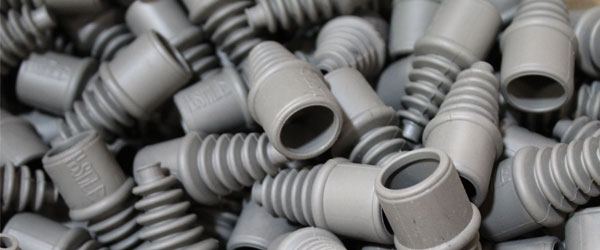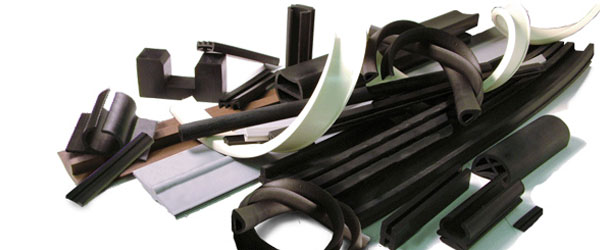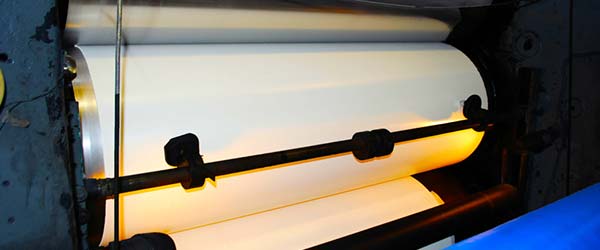Rubber compounds exhibit unique flow behavior during extrusion due to their viscoelastic properties. When a rubber compound is subjected to shear stress during extrusion, it experiences both viscous and elastic deformation.
Initially, the rubber compound behaves as a solid and resists deformation due to its elastic properties. As the shear stress increases, the compound starts to flow like a viscous liquid. However, unlike a Newtonian fluid, the viscosity of a rubber compound changes with the shear rate, temperature, and chemical composition.
The flow behavior of rubber compounds during extrusion is also affected by several factors such as the processing conditions, die geometry, and material properties. For example, increasing the extrusion temperature and decreasing the shear rate can improve the flow of rubber compounds. On the other hand, increasing the viscosity of the rubber compound or reducing the die gap can lead to an increase in extrusion pressure and a decrease in extrusion rate.
It is essential to understand the flow behavior of rubber compounds during extrusion to optimize the processing conditions and achieve the desired product properties. By carefully controlling the processing parameters, it is possible to obtain a uniform and defect-free extrudate with the desired physical properties such as dimensional stability, surface finish, and mechanical strength.
 (909) 987-1774
(909) 987-1774 Email Us
Email Us







